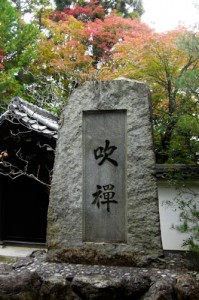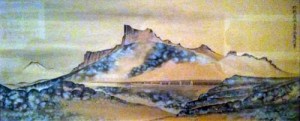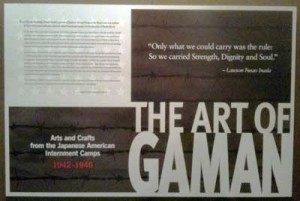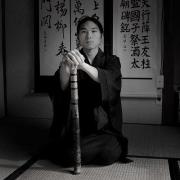Boredom and Wandering Mind
As beginners of Zazen most of us went through a similar experience: after the first excitement about the new discovery vanished and we learned to master the leg-pain which kept us busy the first half year or so, we sit on our pillows fighting sleepiness, boredom and a wandering mind.
A good practise maintained (and possibly with the support of a good teacher), after some time we learn to benefit from regular Zazen and appreciate the time sitting on our pillow, instead of just waiting for endlessly long minutes to pass by (change your teacher, if you got stuck here for years!).
For many years, though, I was unable to transfer my positive Zazen experience into playing the Shakuhachi. While sitting Zazen felt very o.k., I was often bored and tortured by a wandering mind when practising Honkyoku, and hoped to reach the end of a long ancient piece to come soon while playing. It almost drove me mad to realise how difficult it was to take something of my Zen experience into “daily life”, and be it just another Zen exercise.
What made me not give up were the lessons with my teacher. Physically and intellectually very demanding and never boring hours, each time I saw and heard him play or played together with him I was once again sure where this way can lead me, if I just keep on going.
These days, playing the Shakuhachi or Kyotaku and sitting Zazen is the same for me, no difference at all … but it was a very long way to get there. Thanks to this experience I consider it so very important to study a Zen-Art in addition to just sitting Zazen. It gives us the chance to learn how to expand Zen to every day life, and it provides us with a qualified and maybe sobering feed-back about how deep or shallow our Zen experience really is.





